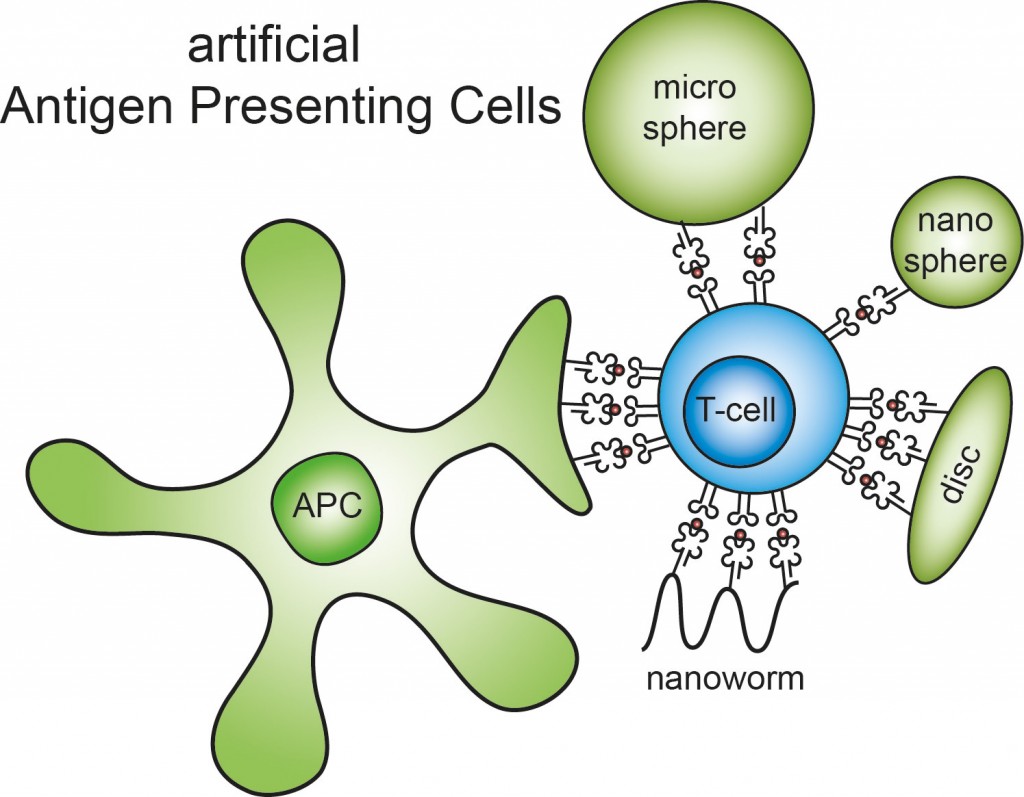| We are pleased to announce our themed collection on amyloids and protein aggregation in Chemical Science, guest edited by Prof. Sara Linse, Lund University (Sweden) and Prof. Tuomas Knowles, University of Cambridge (United Kingdom). This collection highlights key mechanistic findings demystifying the process of amyloid formation.
 Read our Guest Editors’ summary and insights in the accompanying editorial. Read our Guest Editors’ summary and insights in the accompanying editorial.
The collection features a combination of Review, Perspective and Research Articles covering the thermodynamic, mechanistic and kinetic aspects of amyloid formation. These are studied using a diverse range of techniques including (but not limited to) NMR spectroscopy, Cryo-electron tomography, single molecule detection and computational studies. Articles in this collection also describe novel characterization and quantification strategies. |
Browse the collection, which includes:
Molecular mechanisms of amyloid formation in living systems
Tessa Sinnige
Chem. Sci., 2022, 13, 7080-7097, DOI: 10.1039/D2SC01278B
A perspective addressing how molecular mechanisms of amyloid formation, which have been extensively studied in test tube reactions, can apply to the complex situations in living cells and organisms.
Stability matters, too – the thermodynamics of amyloid fibril formation
Alexander K. Buell
Chem. Sci., 2022,13, 10177-10192, DOI: 10.1039/D1SC06782F
A review highlighting important open questions regarding the thermodynamics of amyloid formation and addressing the current state of experimental exploration.
Single molecule sensing of amyloid-β aggregation by confined glass nanopores
Ru-Jia Yu, Si-Min Lu, Su-Wen Xu, Yuan-Jie Li, Qun Xu, Yi-Lun Ying and Yi-Tao Long
Chem. Sci., 2019,10, 10728-10732, DOI: 10.1039/C9SC03260F
In this research article, the authors employ a novel technique for direct sensing the amyloidosis process of Aβ1-42 peptide, of great significance in Alzheimer’s disease, using a glass nanopore.
Modulation of electrostatic interactions to reveal a reaction network unifying the aggregation behaviour of the Aβ42 peptide and its variants
Georg Meisl, Xiaoting Yang, Christopher M. Dobson, Sara Linse and Tuomas P. J. Knowles
Chem. Sci., 2017,8, 4352-4362, DOI: 10.1039/C7SC00215G
Here, the authors show that changes in the ionic strength of the solution leads to significant variation in the aggregation mechanism of the Aβ42 peptide, linked to Alzheimer’s disease, and they provide a means to relating the different aggregation mechanisms response to varying electrostatic interactions.
Understanding co-polymerization in amyloid formation by direct observation of mixed oligomers
Lydia M. Young, Ling-Hsien Tu, Daniel P. Raleigh, Alison E. Ashcroft and Sheena E. Radford
Chem. Sci., 2017,8, 5030-5040, DOI: 10.1039/C7SC00620A
In this research article, the authors observe that co-assembly into hetero-oligomers controls the lag time of amylin assembly. They relate the mechanism to that of prions.
Origin of metastable oligomers and their effects on amyloid fibril self-assembly
Filip Hasecke, Tatiana Miti, Carlos Perez, Jeremy Barton, Daniel Schölzel, Lothar Gremer, Clara S. R. Grüning, Garrett Matthews, Georg Meisl, Tuomas P. J. Knowles, Dieter Willbold, Philipp Neudecker, Henrike Heise, Ghanim Ullah, Wolfgang Hoyer and Martin Muschol
Chem. Sci., 2018,9, 5937-5948, DOI: 10.1039/C8SC01479E
This research article conveys how the inhibitory effects of metastable oligomers on amyloid fibril formation can be revealed by analysis of oligomer and fibril assembly kinetics simultaneously.
Identification of on- and off-pathway oligomers in amyloid fibril formation
Alexander J. Dear, Georg Meisl, Anđela Šarić, Thomas C. T. Michaels, Magnus Kjaergaard, Sara Linse and Tuomas P. J. Knowles
Chem. Sci., 2020,11, 6236-6247, DOI: 10.1039/C9SC06501F
A research article enabling the comparison of amyloid oligomers’ contribution to fibril formation by establishing a general non-binary definition for on- and off- pathway intermediates.
Atomic resolution map of the soluble amyloid beta assembly toxic surfaces
Rashik Ahmed, Michael Akcan, Adree Khondker, Maikel C. Rheinstädter, José C. Bozelli, Jr, Richard M. Epand, Vincent Huynh, Ryan G. Wylie, Stephen Boulton, Jinfeng Huang, Chris P. Verschoord and Giuseppe Melacini
Chem. Sci., 2019,10, 6072-6082, DOI: 10.1039/C9SC01331H
In this research article, the authors show an atomic resolution map of amyloid beta assembly “toxic surfaces” that facilitate the early pathogenic events in Alzheimer’s disease.
C-terminal truncation of α-synuclein promotes amyloid fibril amplification at physiological pH
Ingrid M. van der Wateren, Tuomas P. J. Knowles, Alexander K. Buell, Christopher M. Dobson and Céline Galvagnion
Chem. Sci., 2018,9, 5506-5516, DOI: 10.1039/C8SC01109E
Here, the authors show how the pH range at which α-synuclein secondary nucleation occurs can be shifted from acidic to neutral values by C-terminal truncation.
We hope you enjoy reading these articles and the rest in this themed collection published in Chemical Science!

















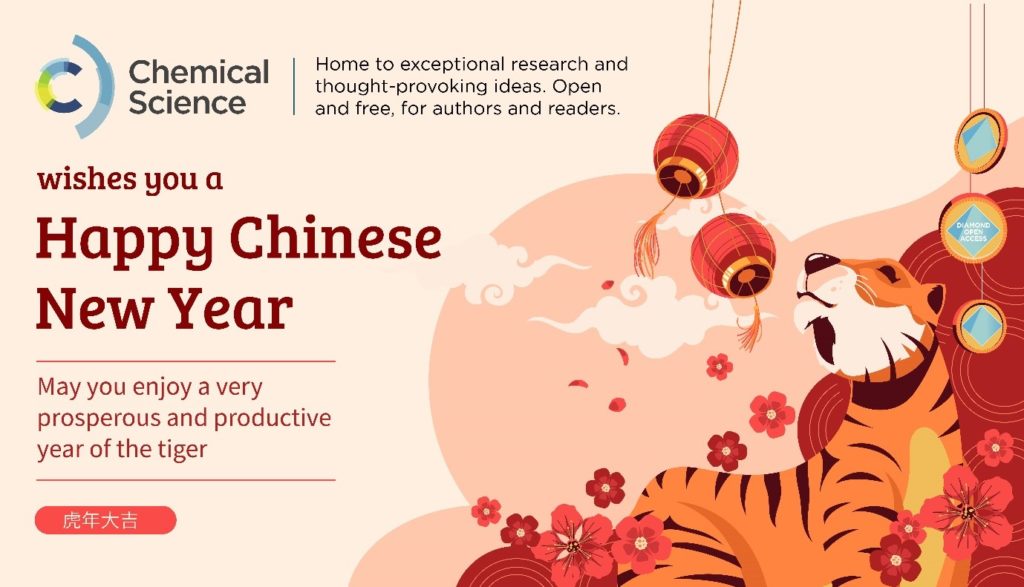
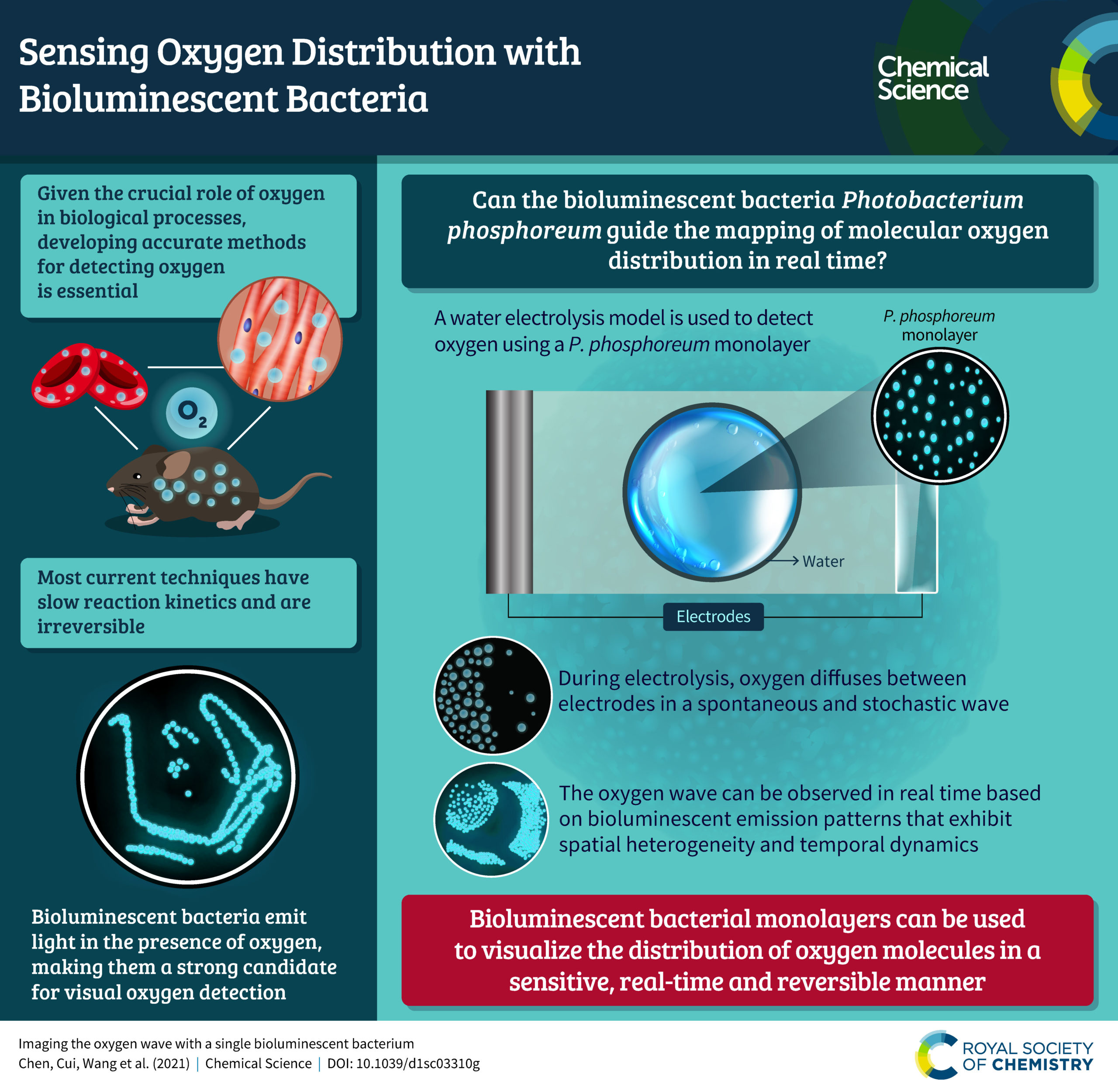
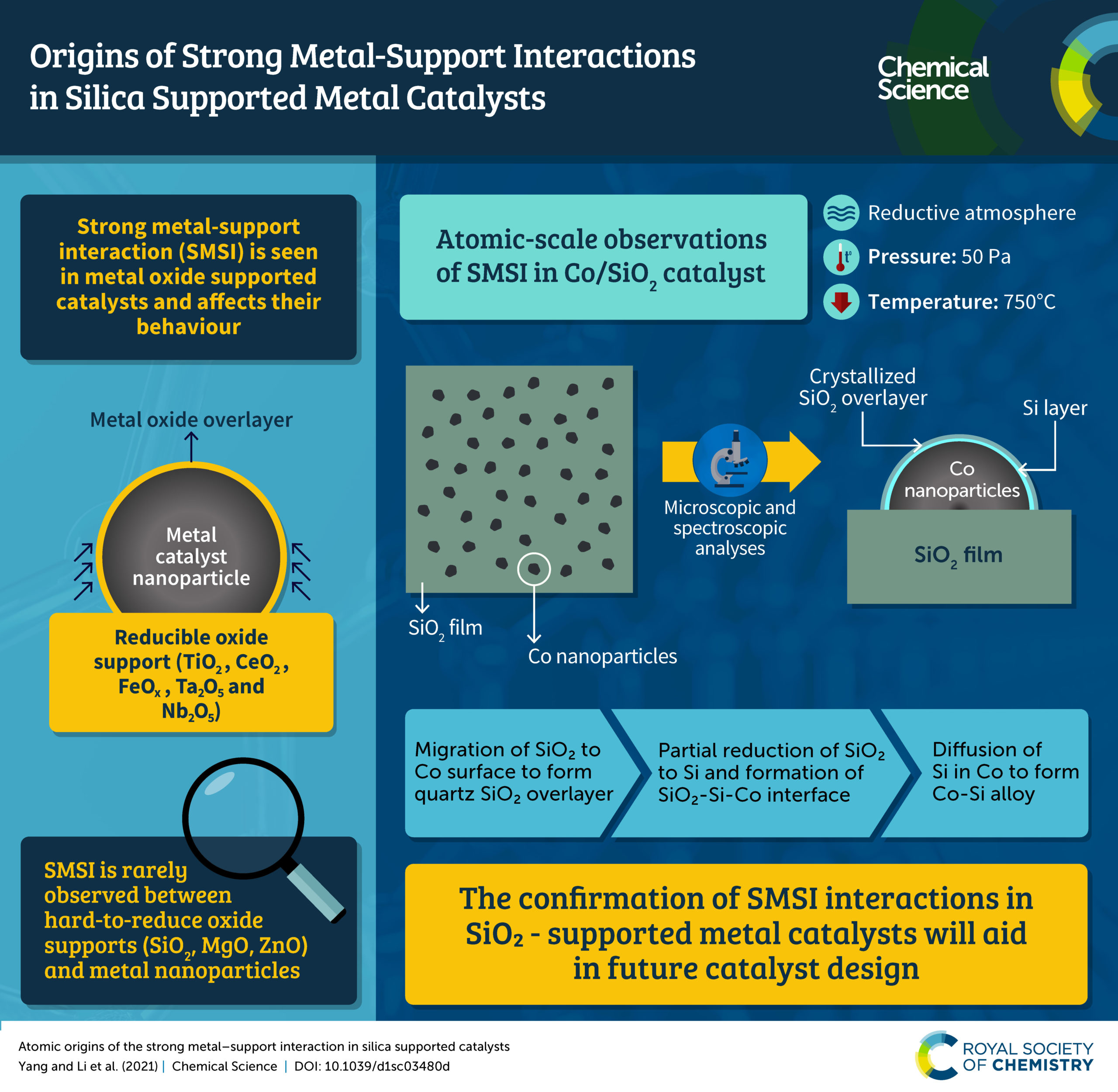
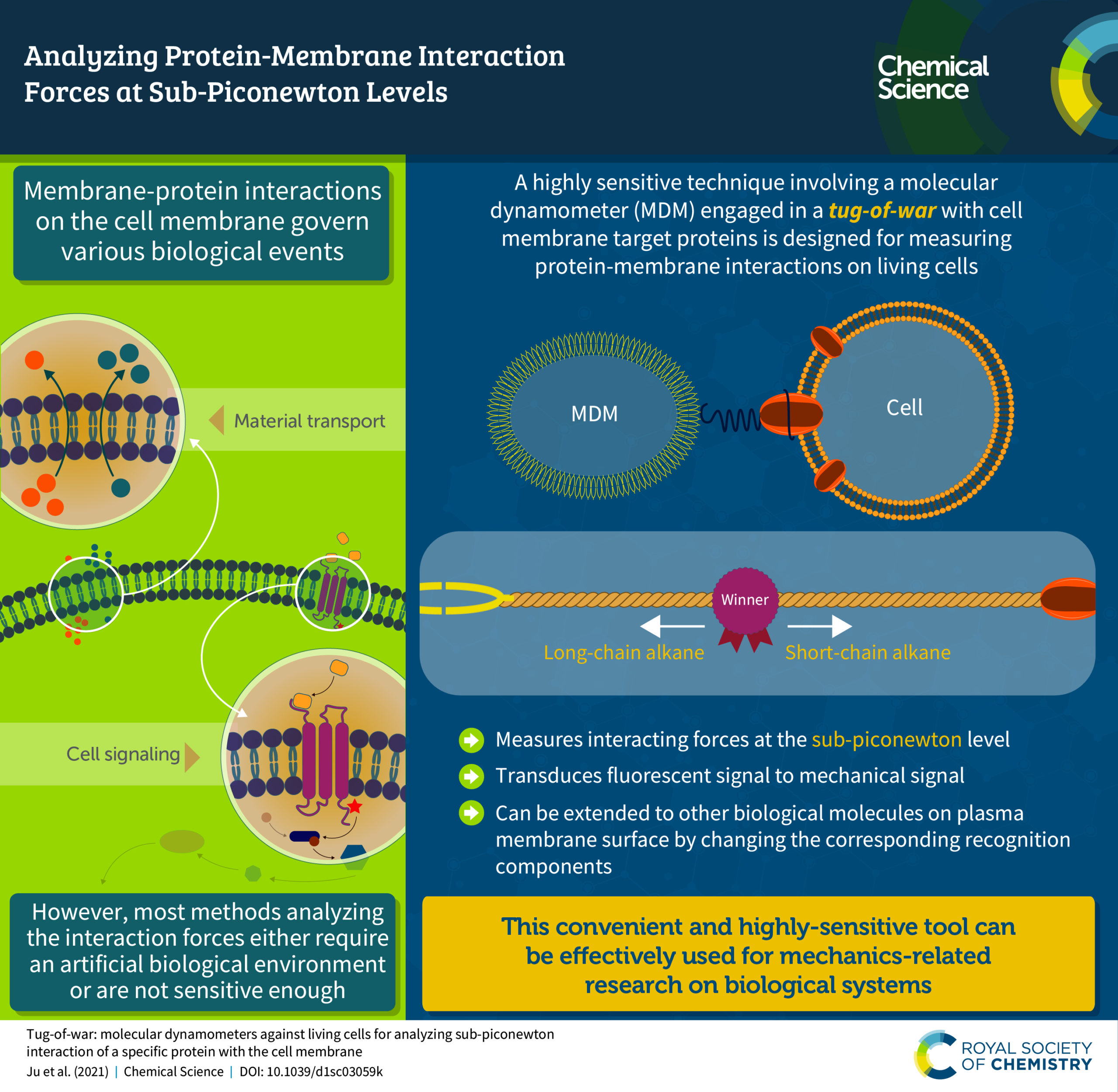
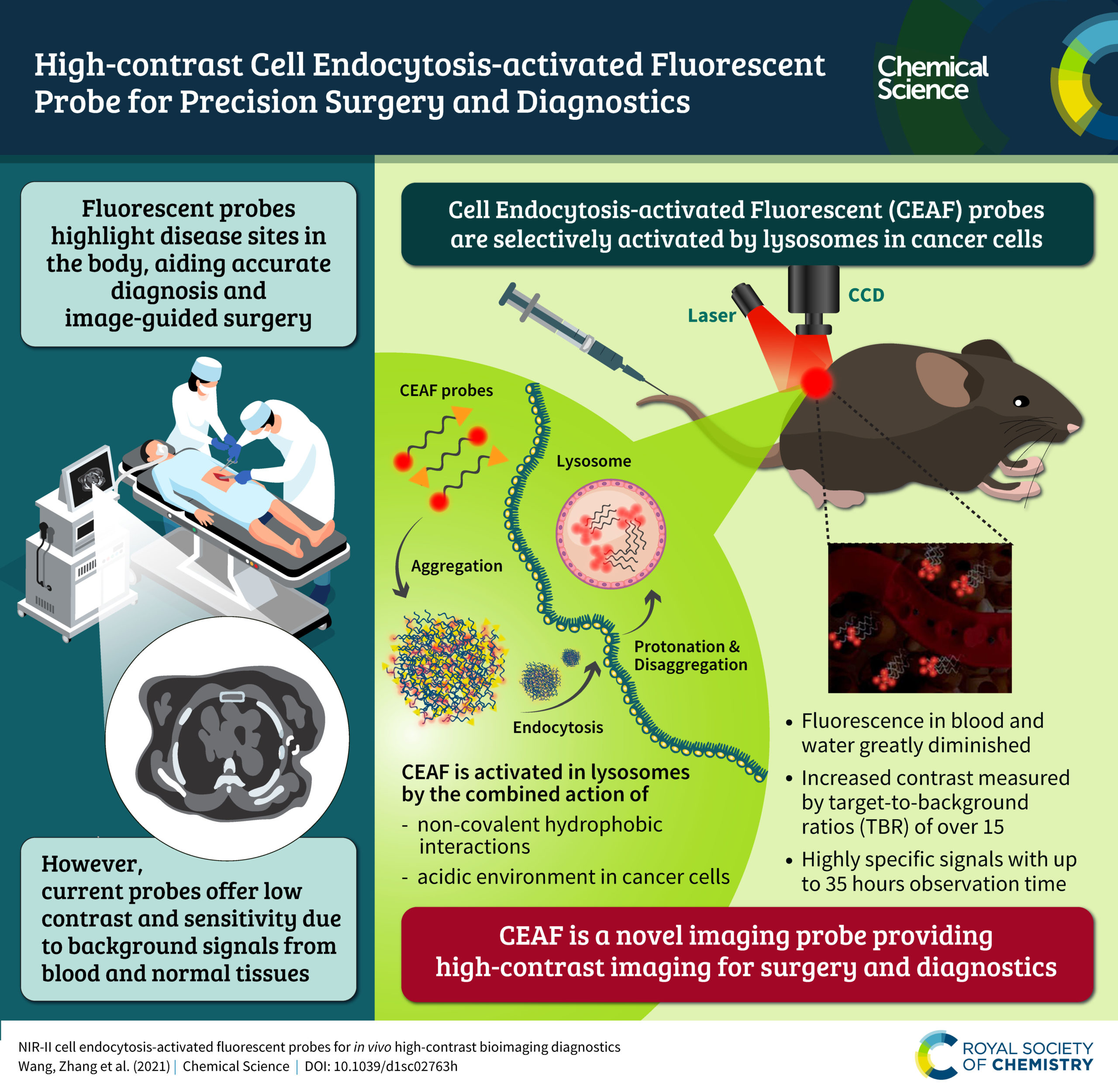
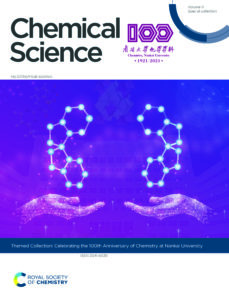
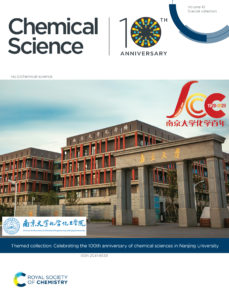 Established in 1920, the School of Chemistry and Chemical Engineering of Nanjing University is one of the world’s most active and recognised chemistry institutions. After a century of development and evolution, it is now a globally leading department dedicated to advancing the chemical sciences through cutting-edge research and world-renowned education. Chemical Science and the Royal Society of Chemistry are delighted to help celebrate the 100th anniversary of chemical sciences in Nanjing University with a
Established in 1920, the School of Chemistry and Chemical Engineering of Nanjing University is one of the world’s most active and recognised chemistry institutions. After a century of development and evolution, it is now a globally leading department dedicated to advancing the chemical sciences through cutting-edge research and world-renowned education. Chemical Science and the Royal Society of Chemistry are delighted to help celebrate the 100th anniversary of chemical sciences in Nanjing University with a 
